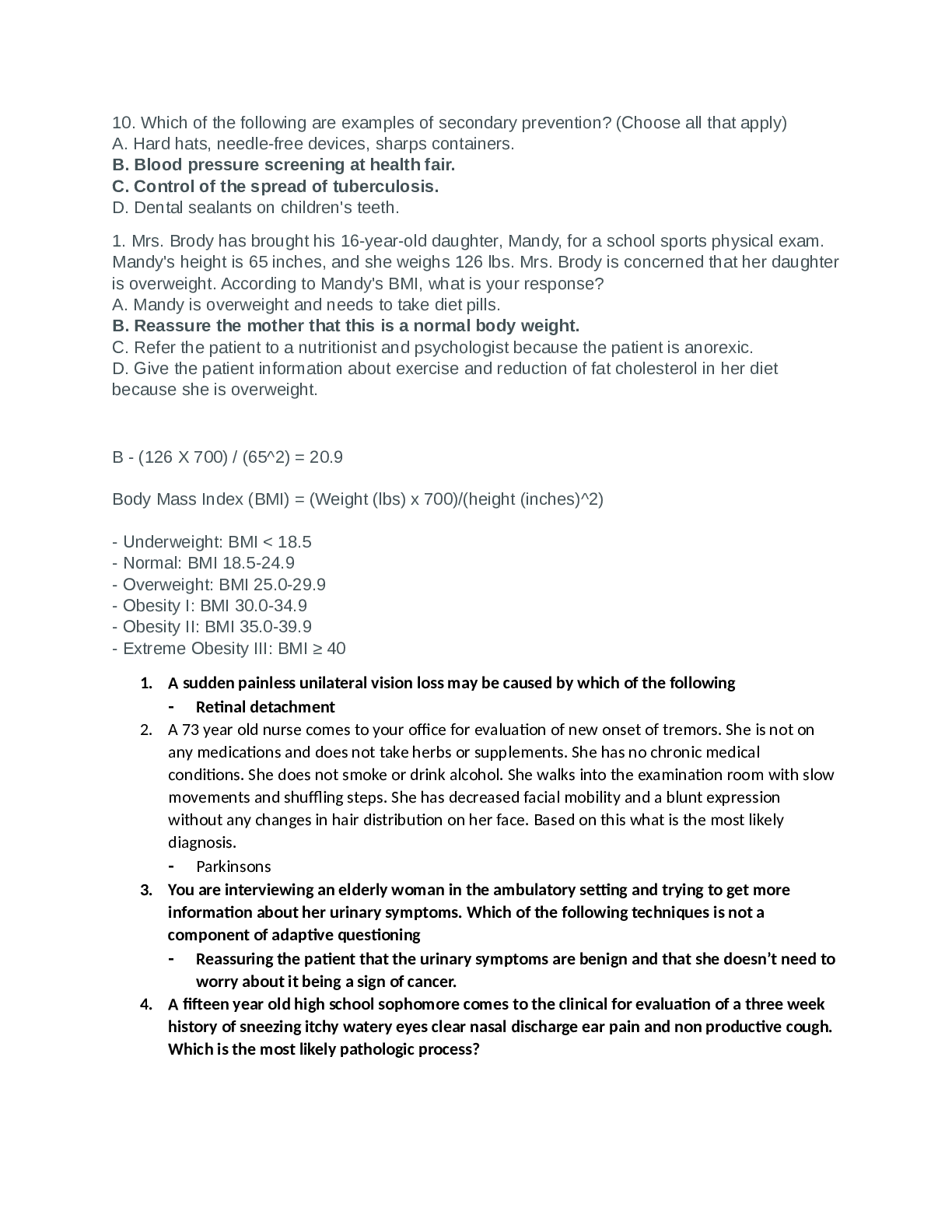*NURSING > STUDY GUIDE > Chamberlain College of NursingNURSING NR222FINAL NR222. study guide. WITH ALL TOPICS (All)
Chamberlain College of NursingNURSING NR222FINAL NR222. study guide. WITH ALL TOPICS
Document Content and Description Below
Final Exam Study guide (#3) Wellness across the life span is defined not only by the absence of illness but also by the developmental milestones reached during each stage of life. Often related to a... ge, each development stage is defined by benchmarks against which to measure what is normal and risks to health and wellness commonly experienced during the stage. Comparison of Major Developmental Theories DEVELOPMEN TAL STAGE/AGE FREUD (PSYCHOSEX UAL DEVELOPME NT) ERIKSON (PSYCHOSO CIAL DEVELOPME NT) PIAGET (COGNITIVE/ MORAL DEVELOPME NT) KOHLBERG (DEVELOPM ENT OF MORAL REASONING) Infancy (birth to 18 months) Oral stage Trust vs. mistrust Ability to trust others Sensorimotor period Progress from reflex activity to simple repetitive actions Early childhood/toddl er (18 months to 3 years) Anal stage Autonomy vs. shame and doubt Self-control and independenc e Preoperational period— thinking using symbolsEgoce ntric Preconvention al level Punishmentobedience orientation Preschool (3-5 years) Phallic stage Initiative vs. guilt Highly imaginative Use of symbolsEgoce ntric Preconvention al level Premoral Instrumental orientation Middle childhood (6-12 years) Latent stage Industry vs. inferiority Engaged in tasks and activities Concrete operations period Logical thinking Conventional level Good boy– nice girl orientation Adolescence (12- 19 years) Genital stage Identity vs. role confusion Sexual maturity, “Who am I?” Formal operations period Abstract thinking Postconventio nal level Social contract orientation Developmental Periods PERIOD AGE CHARACTERISTICS Infant Birth to 12 months Fully dependent on others for basic needs Ends as infant begins to explore environment, walks alone, and develops basic communication skills Toddler 12 months to 3 years Motor development progresses significantly Child achieves a degree of physical and emotional autonomy while maintaining a close identity with the primary family unit Preschool child 3 to 6 years Child has increased interest and involvement with peers and may have social interactions with many people School-age child 6 to 10 years Marked by entrance into elementary school; interests turn away from family toward peers Adolescent 11 to 18 years Period of transition, adjustment, and personal exploration; ends when adolescent demonstrates readiness to assume full adult responsibilities of financial, emotional, and social independence Young adult 18 to 35 years Establishing an occupation or career, finding and learning how to live with a partner, and starting and rearing a family Middle adult 35 to 65 years Being established in a marriage, an occupation or career, and a community; may continue to be a time of transition; adjusts to physiological changes of middle age Older adult More than 65 years May be a time of continued involvement in work and active socializing; adjusts to decreased physical strength and health; retirement; reduced income; decreasing independence; and deaths of spouses, friends, and self [Show More]
Last updated: 1 year ago
Preview 1 out of 44 pages
Instant download
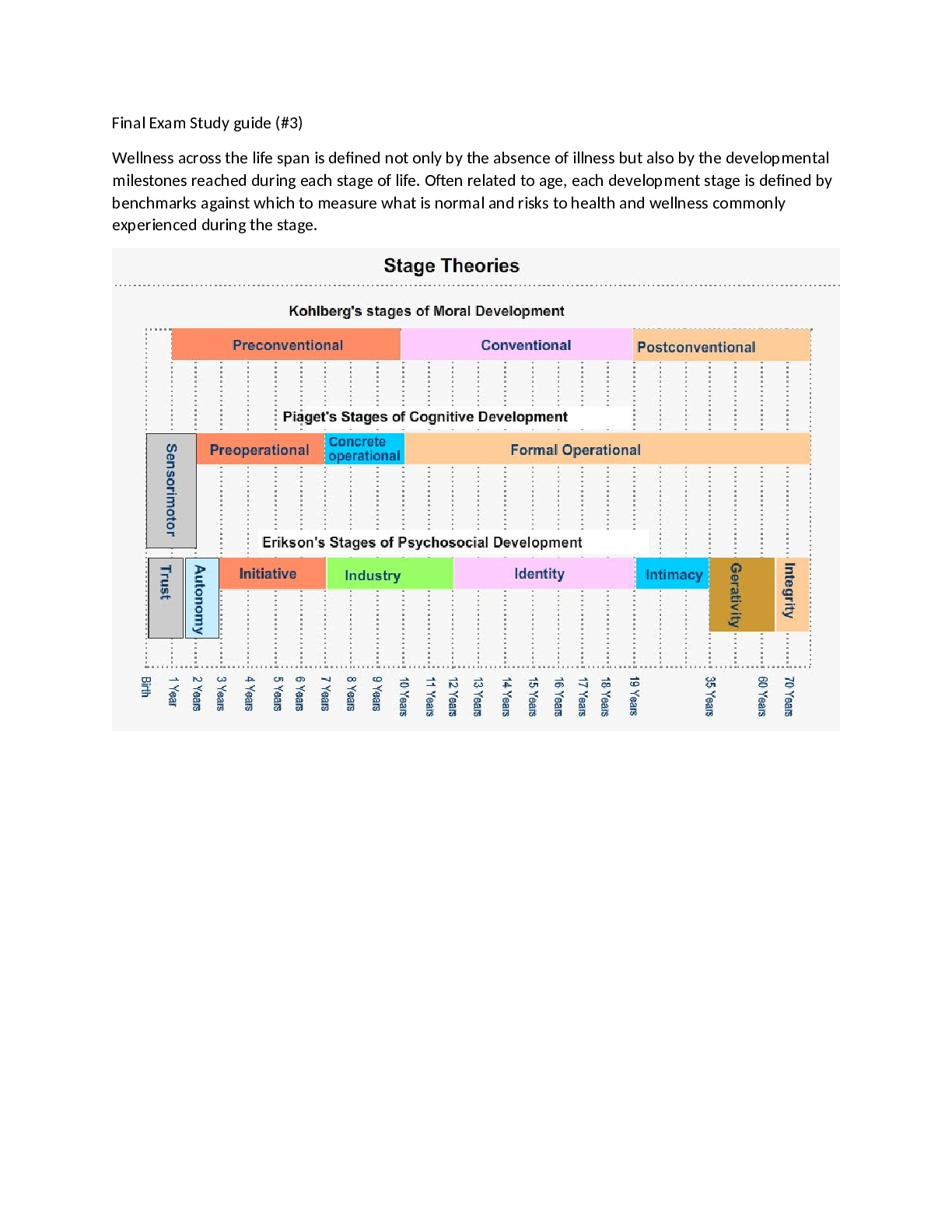
Buy this document to get the full access instantly
Instant Download Access after purchase
Add to cartInstant download
Reviews( 0 )
Document information
Connected school, study & course
About the document
Uploaded On
Sep 29, 2021
Number of pages
44
Written in
Additional information
This document has been written for:
Uploaded
Sep 29, 2021
Downloads
0
Views
90

.png)

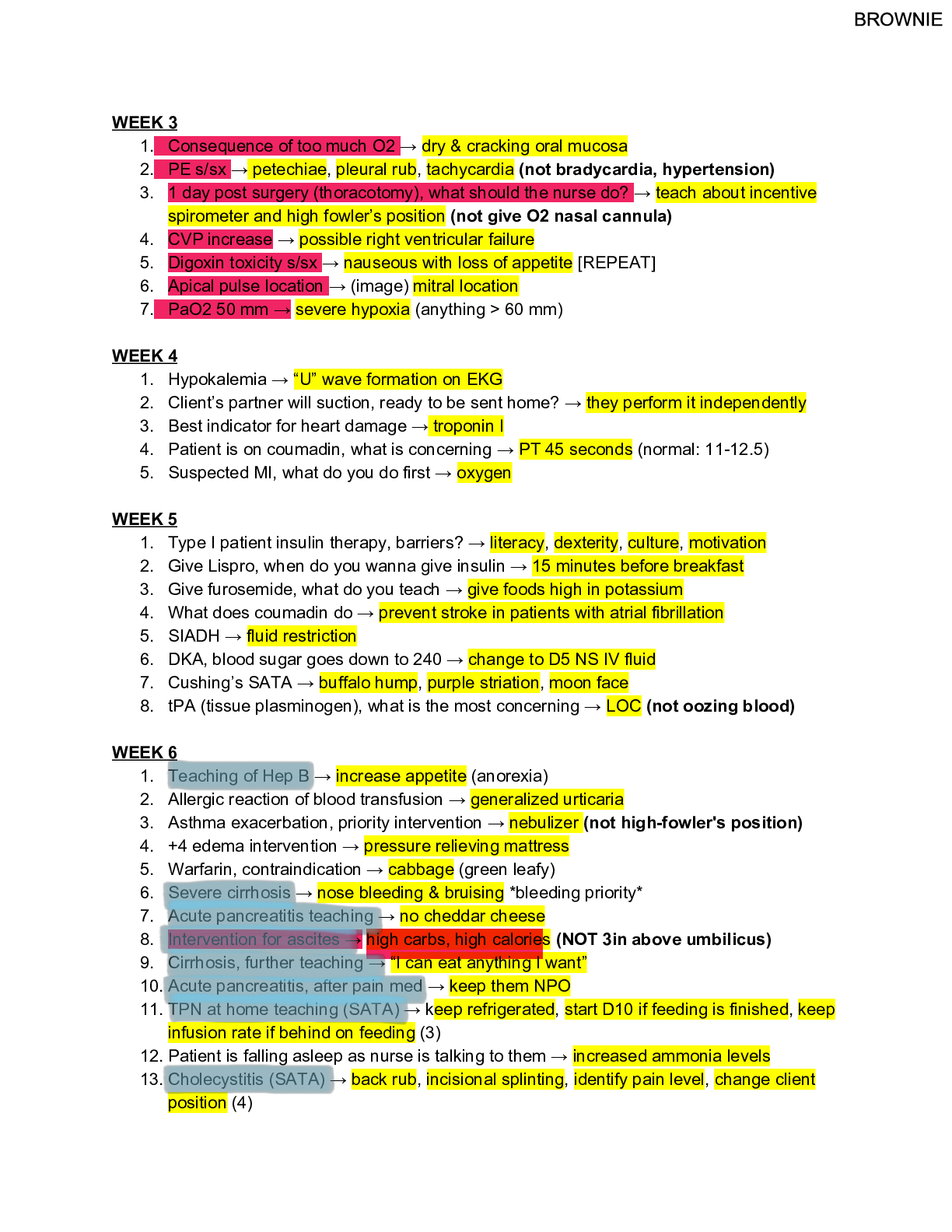



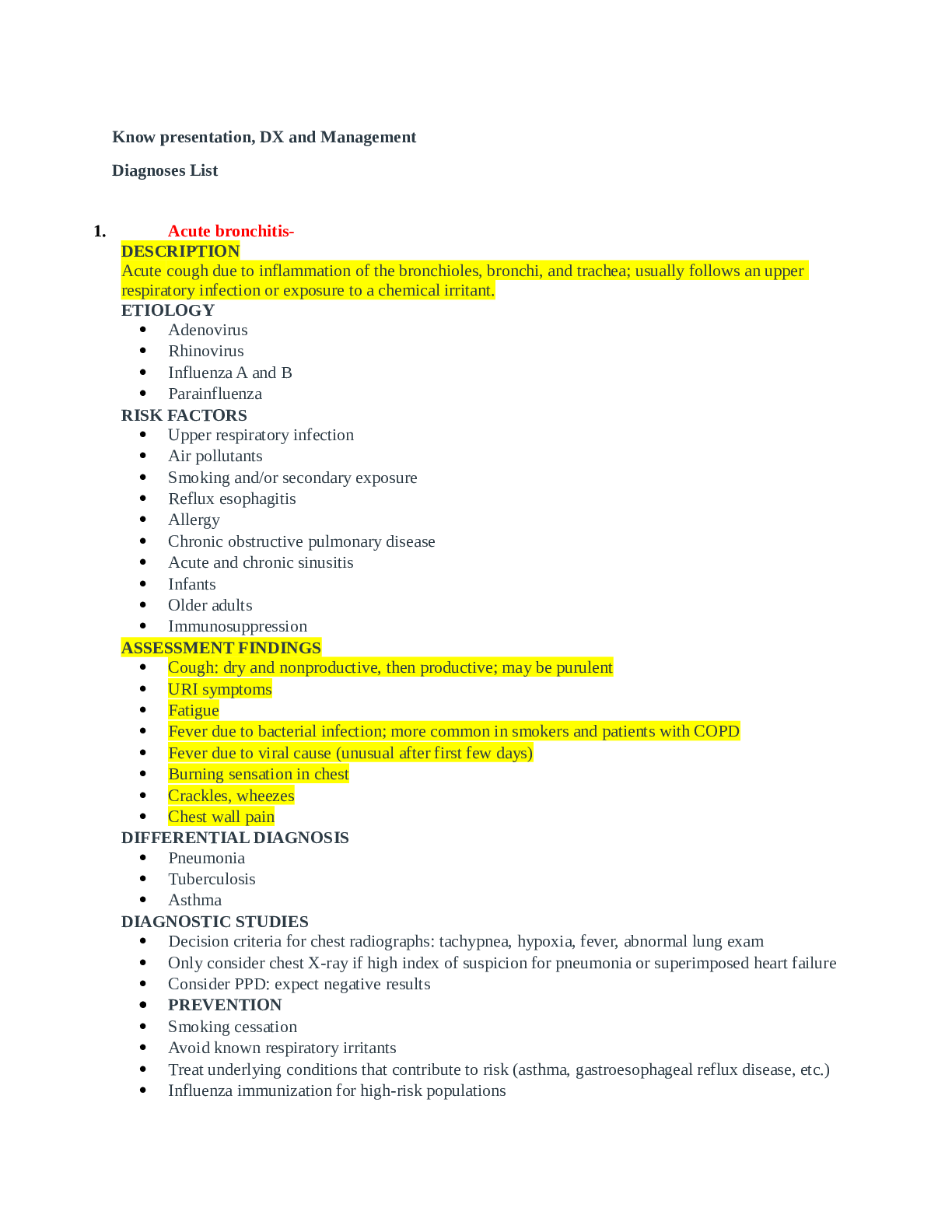
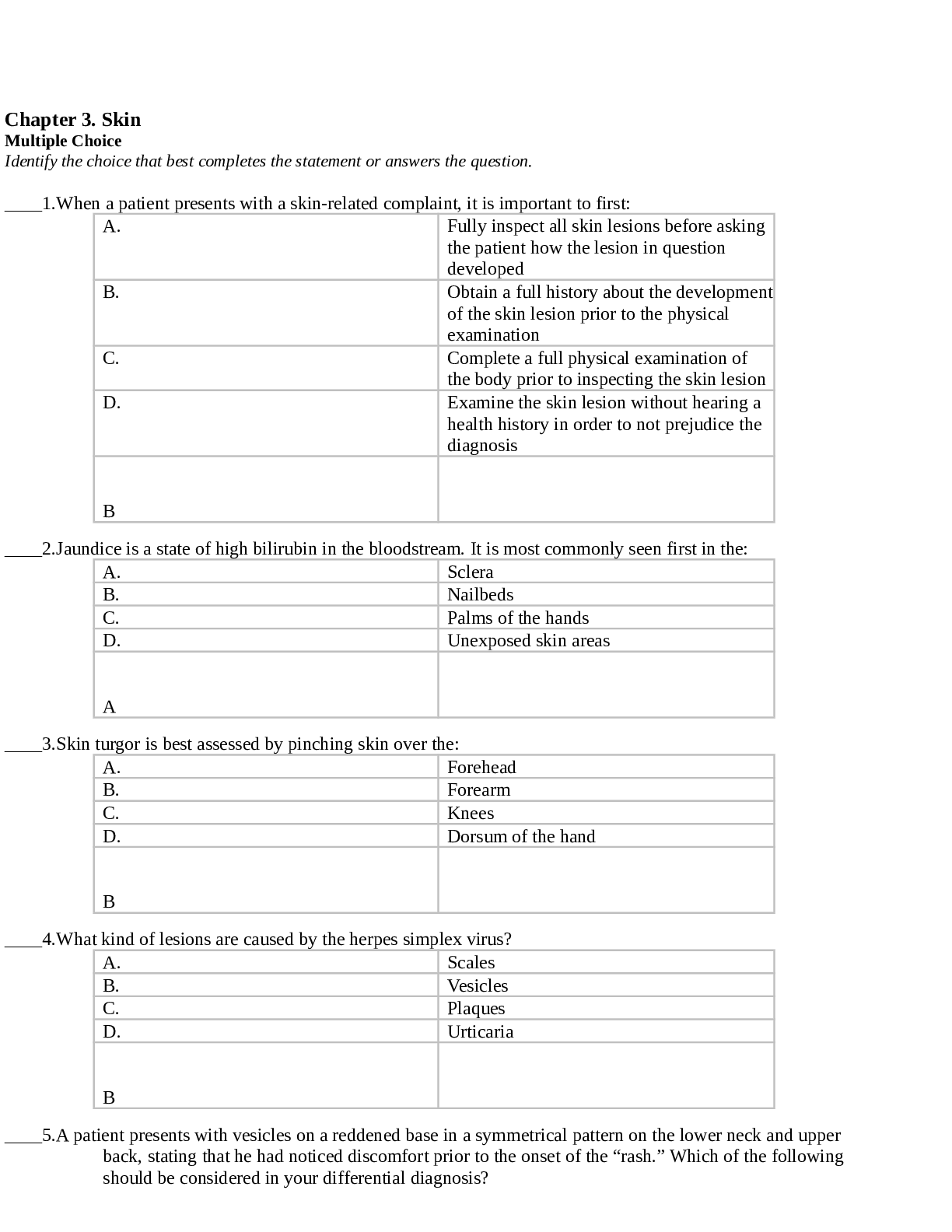

.png)
